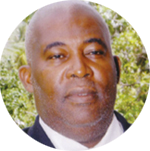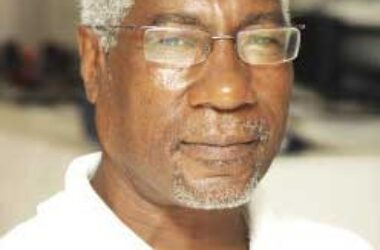
WELCOME students to the Open School for the first term for the academic or school year 2022 to 2023. I know that you had a short vacation and hope that you took the opportunity to review the lessons taught in the open school during the last school year.
Our first lesson today is on “How Children Learn.” At the end of the lesson, students will be able to (a) explain, in a simple sentence, what is mean by learning; (b) list three conditions under which children learn best.
School has now been reopened for a new school year. And parents and guardians were very eager to send the children or wards to school.
Indeed, the main reason why parents send their children to school is to learn, so that they could take their rightful place in society. And, as your know, they go all out to buy their children’s school requirements. Chief amount those are their textbooks.
And we know that they go around trying to get those textbooks because this year, there was a delay in shipping many of the books, and parents were complaining bitterly about the non-availability of schoolbooks in the bookstores.
But what actually is learning? Learning is acquisition of knowledge or skills through experience, study or being taught.
Now classroom teachers provide the classroom experience, environment or climate for students to acquire knowledge and skills. Teachers also provide the opportunity in schools for students to study. The students entrusted to their care are also taught. Not only that, but teachers know the pace at which to go to allow all children in the class to acquire the knowledge and skills through the lessons which they teach.
Indeed, what are the strategies that the teacher should employ to facilitate learning or simply to allow students to learn. The following are some strategies which the teacher could employ:
Active involvement of the learner. Learning requires the active, constructive involvement of the learner. The teacher should avoid situations where the students are passive listeners for long periods of time. The teacher therefore, should provide students with hands-on activities, such as experiments, observations and projects. The teacher would encourage participation in classroom discussion and other collaborative activities. By collaborative I mean activities which involves the participation of other students or in a small group situation.
The teacher can organise outdoor visits. It could be the community bakery, health centre or police station. A nearby farmer would be delighted to have students visit his farm and to get the opportunity to explain to them about his work. In fact, there are so many exciting places in St. Lucia that teachers can take their students to visit.
Teachers should assist students in creating learning goals that are consistent with their interests and future aspirations.
Now teachers would have designed goals, aims and objectives for their lessons. However, the teacher could have the students create learning goals that are consistent with their interests and future aspirations. By learning goals I mean the intended purposes and desired achievements of a particular course or lesson.
This brings us to a very important point. That is, teachers should allow students to take some control over their own learning. Taking control over one’s learning means allowing students to make some decisions about what to learn and how.
Another learning strategy is social Participation. Learning is mainly a social activity and participation in the social life of the school, which is central for learning to occur.
Teachers can do many things to encourage social participation in ways that facilitate learning. They can assign students to work in groups and assume the role of coach or co-ordinator who provides guidance and support to the groups.
They can also create classroom environment or climate that includes group work place. I know that this strategy is used frequently in the Montessori schools. But it should not only happen there. It is a phenomenon which should exist at all levels of our education system.
Through modelling and coaching, teachers can teach students how to co-operate with each other, something that is badly lacking in our society today. Teachers can create opportunities for students to interact with each other, to express their opinion and to evaluate the arguments as they emerge in the group.
At this point I wish to take the opportunity to congratulate CHOICE TELEVISION for the programme entitled: “Letters from prison inmates in St. Lucia.” And I need to write the station to complement them on that programme.
Inmates at Her Majesty’s Prison have gotten the opportunity to express themselves fully without editing their letters. And a lot of what they say, helps us to understand why they ended up in prison. As an educator, I do!
This opportunity should be given to the students many times while they are at school. This would allow teachers to pick up some serious concerns which should be addressed to prevent them from going to prison.
Another strategy is engaging students in meaningful activities. Not just children or students, but people generally learn best when they participate in activities that are meaningful and those they perceive to be useful in real life situations and are culturally relevant. Indeed, culture is a way of life of a people.
Now two questions for you: (a) In your own words, explain what you understand by learning; (b) suggest two ways from the article you have just read, in which children, students or people generally, learn.
I hope you enjoyed today’s lesson. The lesson will continue in two weeks’ time. You may go over the lesson in readiness for the next one.












